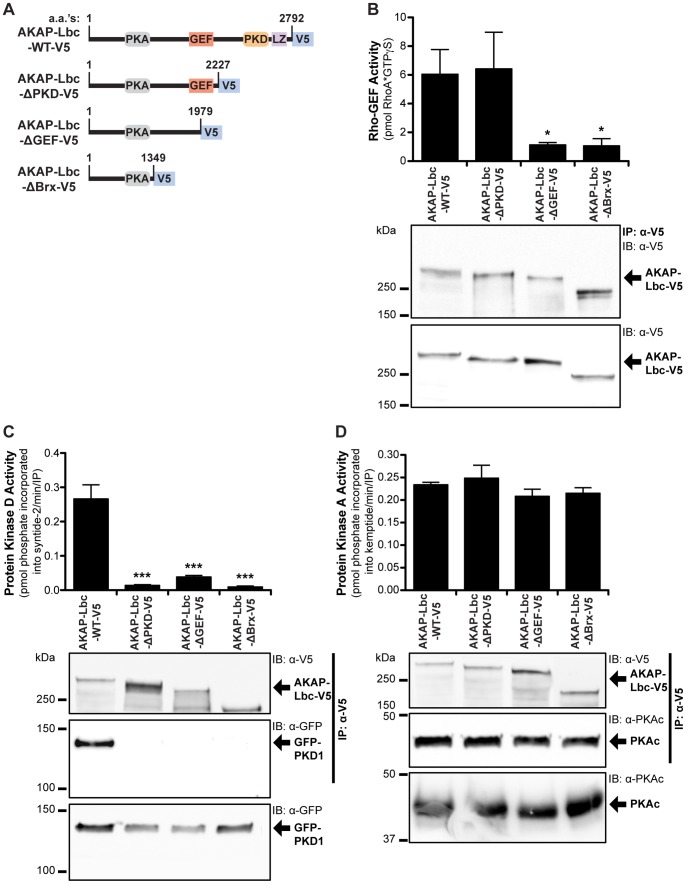Figure 2. The gene-trap induced truncations of AKAP13 disrupt the expected protein domains.
(A) Expression constructs corresponding to the AKAP13 gene-trap events were generated using V5-tagged AKAP-Lbc truncation mutants. (B-D) These expression constructs were transfected into HEK293 cells and protein complexes were co-immunoprecipitated using anti-V5 antibody. (B) Rho-GEF activity was measured after immunoprecipitation (IP). Both AKAP-Lbc-ΔGEF and -ΔBrx had disrupted Rho-GEF activity, compared to AKAP-Lbc-WT and -ΔPKD. Immunoblotting (IB) for AKAP-Lbc-V5 with anti-V5 antibody confirmed that the AKAP-Lbc truncation mutants were expressed and immunoprecipitated at an equivalent extent. (C) Protein kinase D (PKD) activity was measured following IP. The AKAP-Lbc-ΔPKD, -ΔGEF, and -ΔBrx protein complexes lacked PKD activity compared to AKAP-Lbc-WT. Immunoblotting for GFP-PKD1 with anti-GFP antibody confirmed that only AKAP-Lbc-WT bound PKD1. The bottom gel image confirmed that GFP-PKD1 was expressed at the same level in all conditions. (D) Protein kinase A (PKA) activity was measured after IP. All AKAP-Lbc truncation mutants immunoprecipitated PKA activity and bound PKAc. The means and standard deviations are graphed for three independent experiments. One-way ANOVA and Bonferroni’s multiple comparison tests were conducted (Prism 5; GraphPad). *, p<0.05; ***, p<0.001.

